In a world facing complex environmental challenges, the power of collective action cannot be overstated. The article “Community Efforts for Environmental Conservation: Joining Forces to Protect the Outdoors” explores the inspiring stories of communities, organizations, and individuals who have come together to safeguard our precious natural spaces.
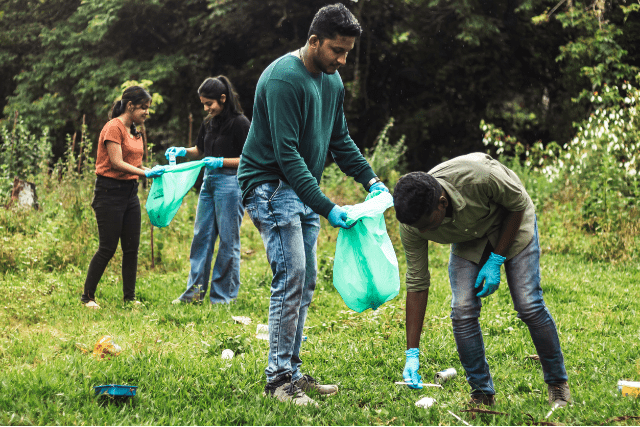
It delves into the significance of grassroots movements, local initiatives, and global collaborations in the fight for environmental conservation. Join us on a journey through the heartwarming and impactful stories of those who are making a difference by uniting for the well-being of our planet.
Can Community Protect the Outdoors?
Absolutely. Community-driven conservation efforts have proven to be instrumental in preserving the environment. While global policies and national initiatives play pivotal roles, it is often at the local level where real change begins. Communities are uniquely positioned to understand the specific challenges facing their natural surroundings and to develop tailored solutions.
This article shines a spotlight on the incredible resilience and creativity of communities worldwide as they work hand-in-hand with organizations, governments, and passionate individuals to protect our natural heritage. From reforestation projects in urban neighborhoods to coastal cleanups and indigenous-led conservation programs, the collective power of communities is a force to be reckoned with in the battle against environmental degradation.
Join us as we delve into the remarkable stories of community-led conservation initiatives making a tangible impact on the great outdoors.
Challenges to the Outdoors
Pollution and Waste
Our planet faces numerous environmental challenges, with pollution and waste being among the most pressing. From overflowing landfills to plastic-strewn oceans, these issues are detrimental to ecosystems and public health. This article explores the various forms of pollution and waste impacting our environment and discusses innovative solutions to mitigate their effects.
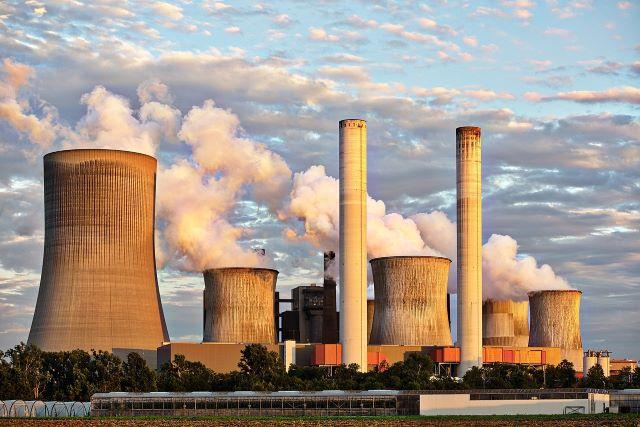
From reducing single-use plastics to implementing sustainable waste management practices, individuals, communities, and organizations worldwide are rising to the challenge. By understanding the scale of the problem and taking collective action, we can work toward cleaner, healthier outdoor spaces for all.
Habitat Destruction
Habitat destruction is a critical issue threatening the balance of ecosystems and the survival of countless species. As human activities continue to encroach upon natural landscapes, vital habitats are lost or fragmented, resulting in biodiversity decline. This article delves into the causes and consequences of habitat destruction, shedding light on the importance of conserving these fragile environments.
Through community-driven initiatives, land conservation efforts, and responsible land use practices, we have the power to protect and restore these habitats, ensuring a harmonious coexistence between humans and the natural world. Join us in exploring the challenges posed by habitat destruction and the promising solutions that can help safeguard our planet’s ecological diversity.
The Power of Community
Strength in Numbers
Communities play a crucial role in environmental conservation. This article explores how collective action can protect the outdoors. It discusses challenges like pollution and habitat destruction and showcases community-driven success stories. These efforts inspire individuals to join forces and safeguard the environment for future generations.

Local Initiatives and Impact
Local efforts can yield significant impacts on environmental conservation. This section highlights the influence of community-driven initiatives in preserving the outdoors. It showcases success stories and demonstrates the pivotal role individuals and groups play in protecting the environment. These stories serve as inspiration for wider community involvement in conservation endeavors.
Collaborative Restoration Projects
Reforestation and Afforestation
This section delves into collaborative initiatives aimed at restoring ecosystems through reforestation and afforestation. It emphasizes the positive outcomes that stem from community-driven endeavors to combat habitat loss and promote biodiversity. Through shared dedication and resources, local communities are making strides in rejuvenating natural landscapes and safeguarding the environment for future generations.
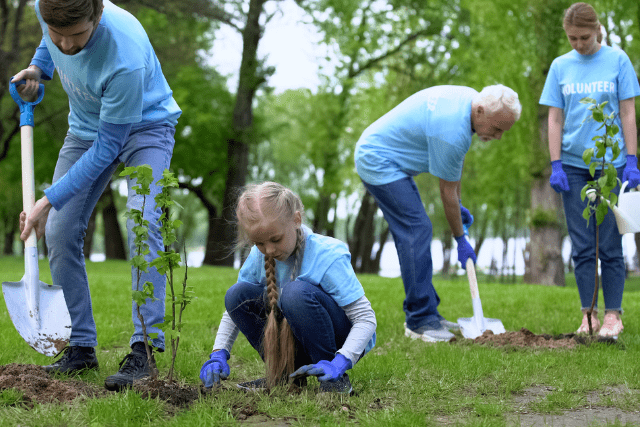
River and Beach Cleanups
Addressing the issue of pollution and waste, this section highlights the community-driven efforts to clean up rivers and beaches. It emphasizes the impact of collective actions in mitigating the environmental hazards posed by plastic waste and debris. Local initiatives, often organized by concerned citizens and groups, showcase the power of communities in preserving aquatic ecosystems and maintaining the pristine beauty of beaches.
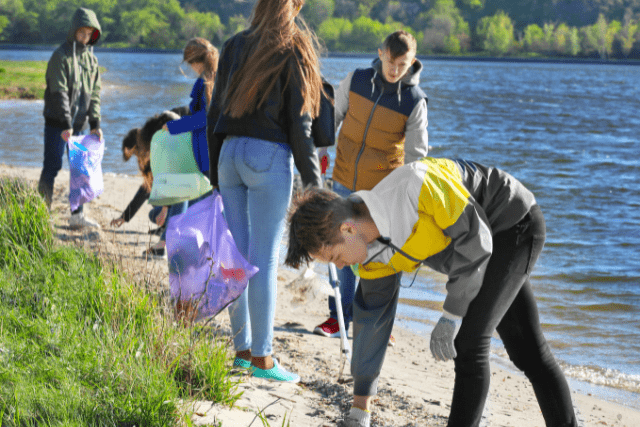
Educational Outreach
Workshops and Seminars
This section underscores the significance of education in environmental conservation. It discusses how communities conduct workshops and seminars to raise awareness about pressing ecological issues. By imparting knowledge and fostering a sense of responsibility, these educational efforts empower individuals to take action.
Local initiatives focus on educating both children and adults, promoting a deeper understanding of the environment and sustainable practices.

School Programs
Schools play a crucial role in environmental education and conservation. School programs are vital for instilling eco-consciousness in young minds. They often integrate sustainability topics into their curriculum, encouraging students to learn about nature, biodiversity, and responsible behaviors.
By involving schools, communities lay the foundation for a future generation that values and actively participates in environmental conservation efforts.
Sustainable Practices
Recycling and Upcycling
Communities often establish recycling and upcycling programs to reduce waste and minimize environmental harm. Recycling involves the collection and processing of materials like paper, glass, plastic, and metal for reuse, conserving natural resources and energy.
Upcycling takes it a step further, creatively repurposing discarded items into new and valuable products. These practices not only reduce landfill waste but also contribute to local economies, fostering a sense of environmental responsibility within the community.

Reducing Single-use Plastics
Many community-based initiatives target the reduction of single-use plastics, such as disposable bags, bottles, and utensils. Communities often organize plastic-free campaigns, promote the use of reusable alternatives, and encourage businesses to adopt eco-friendly practices.
By reducing plastic consumption, these efforts help mitigate the environmental impact of plastic pollution on the outdoors and wildlife. They also raise awareness about the importance of responsible consumption and its connection to environmental conservation.
Technology and Innovation
Apps for Tracking Environmental Changes
With the widespread use of smartphones, community members and conservationists are turning to mobile apps to monitor and report environmental changes. These apps can track air quality, wildlife sightings, invasive species, and more. Citizens contribute valuable data that can inform conservation efforts and help authorities address emerging environmental issues.
By harnessing technology, communities enhance their ability to safeguard the outdoors and collaborate with experts and agencies.
Renewable Energy Solutions
Communities increasingly embrace renewable energy sources such as solar, wind, and hydropower to reduce their environmental impact. Local initiatives and cooperatives invest in solar panels, wind turbines, and other green energy technologies, not only to power homes but also to contribute excess energy to the grid.
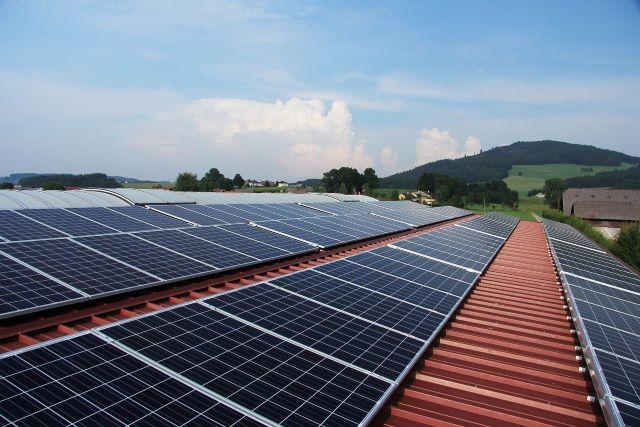
By transitioning away from fossil fuels, communities lower their carbon footprint and promote sustainability. These efforts not only benefit the environment but also stimulate local economies by creating green jobs and reducing energy costs for residents.
Local Policies and Advocacy
Engaging with Policymakers
Community leaders and environmental advocates engage with policymakers to influence legislation and regulations that impact the outdoors. By actively participating in local government meetings, attending public hearings, and collaborating with environmental organizations, communities can voice their concerns and advocate for sustainable policies.
This engagement can lead to the development of stronger environmental laws, the preservation of natural spaces, and funding for conservation initiatives. Communities play a vital role in holding elected officials accountable for their environmental decisions, ensuring that the outdoors remains protected for future generations.
Preserving Urban Green Spaces
Community Gardens
In urban areas, communities are increasingly recognizing the importance of green spaces for both environmental and recreational reasons. Community gardens are a prime example of how local residents can contribute to environmental conservation. These shared spaces allow people to grow their own food, connect with nature, and foster a sense of community.
Community gardens promote sustainable agriculture practices, reduce the carbon footprint associated with food transportation, and enhance urban biodiversity. They also serve as educational hubs where residents can learn about organic farming, composting, and the importance of pollinators.

By preserving and expanding urban green spaces through initiatives like community gardens, communities actively contribute to local environmental conservation efforts.
Urban Parks
Urban parks serve as vital green lungs within cities, offering numerous benefits for both residents and the environment. These green spaces provide a refuge from the hustle and bustle of urban life while enhancing the quality of life for city dwellers. In addition to providing recreational opportunities, urban parks contribute to environmental conservation in several ways.
They absorb carbon dioxide, release oxygen, and help mitigate the urban heat island effect by providing shade and reducing temperatures. Moreover, these parks support urban wildlife and serve as critical habitats for birds, insects, and small mammals. Many urban parks also incorporate sustainable landscaping practices, including the use of native plants and the reduction of water consumption.
By preserving and expanding urban parks, communities play a significant role in conserving local biodiversity and fostering a sense of environmental stewardship.
Conclusion
Community efforts for environmental conservation are a powerful force in protecting the outdoors and preserving the planet for future generations. By recognizing the challenges posed by pollution, habitat destruction, and climate change, communities are taking action to mitigate these threats.
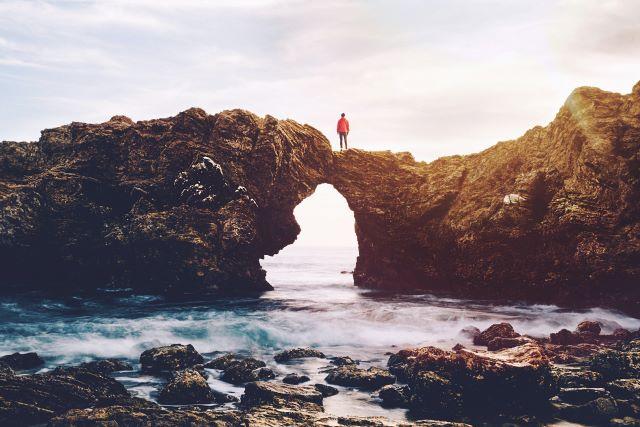
Through local initiatives, collaborative restoration projects, educational outreach, sustainable practices, and engagement with policymakers, communities are driving positive change. The impact of these efforts extends beyond environmental benefits, fostering a sense of unity, pride, and responsibility among community members.
Together, communities are proving that when people join forces to protect the outdoors, they can create a sustainable and harmonious future for all.









